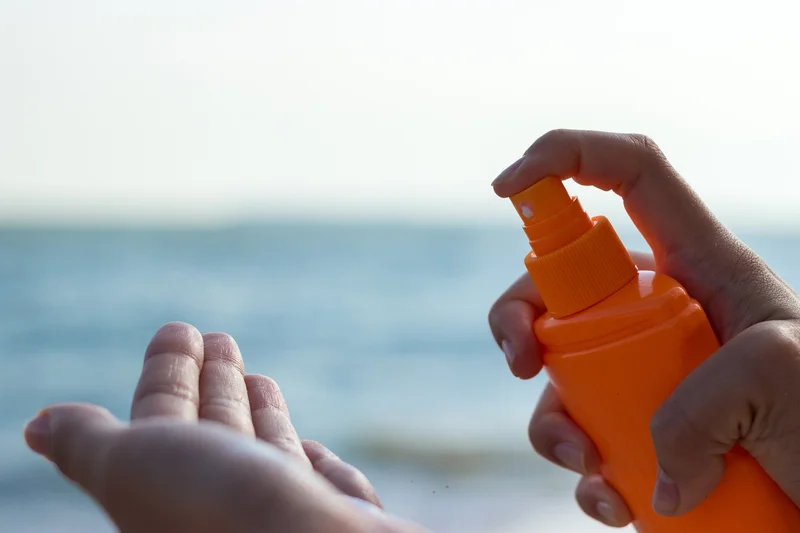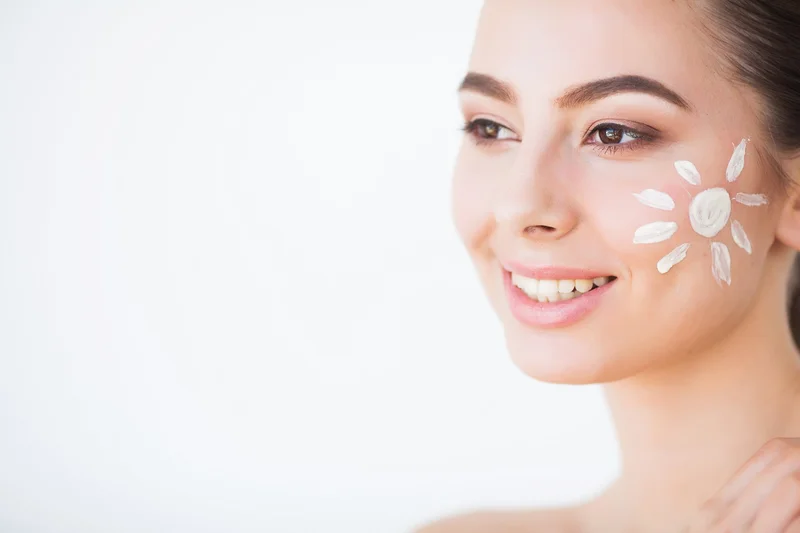Debunking Common Myths About Sunscreens

Photo source: 123rf.com
Five sunscreen myths worth considering.
Sunlight can be both beneficial and harmful to skin health. Proper skin care during periods of active solar activity is of great importance, but there are many misconceptions surrounding sunscreens that need to be debunked.
Myth 1: There is no need to apply creams with SPF
Many people mistakenly believe that sunscreens are important to use only in the summer or on particularly hot days. However, this is far from true. Ultraviolet radiation can harm the skin at any time of year, regardless of the time of day and weather conditions. Modern technology allows us to determine the intensity of UV radiation using a special index, which can usually be found in weather applications. When this index reaches 3 or higher, the use of sunscreen becomes a necessity.
Sunscreen spray. Photo source: 123rf.com
Ultraviolet rays are divided into three categories - UVA, UVB and UVC. The first two types are the most dangerous, as they can penetrate deep into the skin, causing burns, premature aging and even cancer. Sunscreens contain special filters that reflect, absorb or scatter harmful radiation, preventing its negative impact. Thus, the use of sunscreen is a must for protecting the skin during periods of increased solar activity.
"The lower your phototype, the higher your risk of developing sunburn and malignant skin diseases. People with the first and second phototypes, as well as those with a large number of moles on their skin, are most vulnerable to them," notes the oncologist at the City Clinical Oncology Hospital No. 1 in Moscow.
Myth two: if I put on makeup, I don’t need sunscreen
Many women mistakenly believe that foundation or other decorative cosmetics with SPF factor provide sufficient protection from the sun’s rays. However, in practice, their UV filtration is often insufficient. Experts recommend using a full-fledged sunscreen before applying makeup, and when renewing protection during the day, it is worth using light textures in the form of sprays or sticks. This will create a reliable barrier from harmful radiation without damaging the layer of makeup.
Myth three: creams with SPF are only needed in the summer
As we have already found out, ultraviolet radiation is dangerous for the skin all year round, and not just in the summer months. A high UV index can be recorded even in cloudy weather, as well as when sun rays are reflected from snow. Therefore, the use of sunscreens is mandatory at all times of the year, if the UV index value reaches 3 or higher. On clear winter days, especially when outdoors, it is recommended to use products with a higher SPF protection level, for example 30 or higher.
Facial care. Photo source: 123rf.com
Myth 4: Chemical filters in creams are very harmful
This is a fairly common, but fundamentally wrong opinion. Modern second-generation chemical filters, such as Uvinul a plus, T 150, Tinosorb M and S, are practically harmless and are approved for use by regulatory authorities. Moreover, their advantage over mineral filters is a finer texture and even distribution on the skin. At the same time, outdated first-generation chemical filters, such as para-aminobenzoic acid, can indeed cause irritation, especially in people with sensitive skin and children. But it is wrong to talk about the harmfulness of all chemical components in sunscreens.
Myth 5: Sunscreens for the face and body are no different
Despite the apparent similarity, creams for different areas of the body have their own characteristics. Facial products, as a rule, have a lighter and non-greasy texture, and also contain additional components specially selected for more sensitive facial skin. Thicker formulas are used for the body. This difference is dictated by the peculiarities of the structure and needs of the skin of different zones. Therefore, it is extremely important to select sunscreens in accordance with the part of the body for which they are intended.